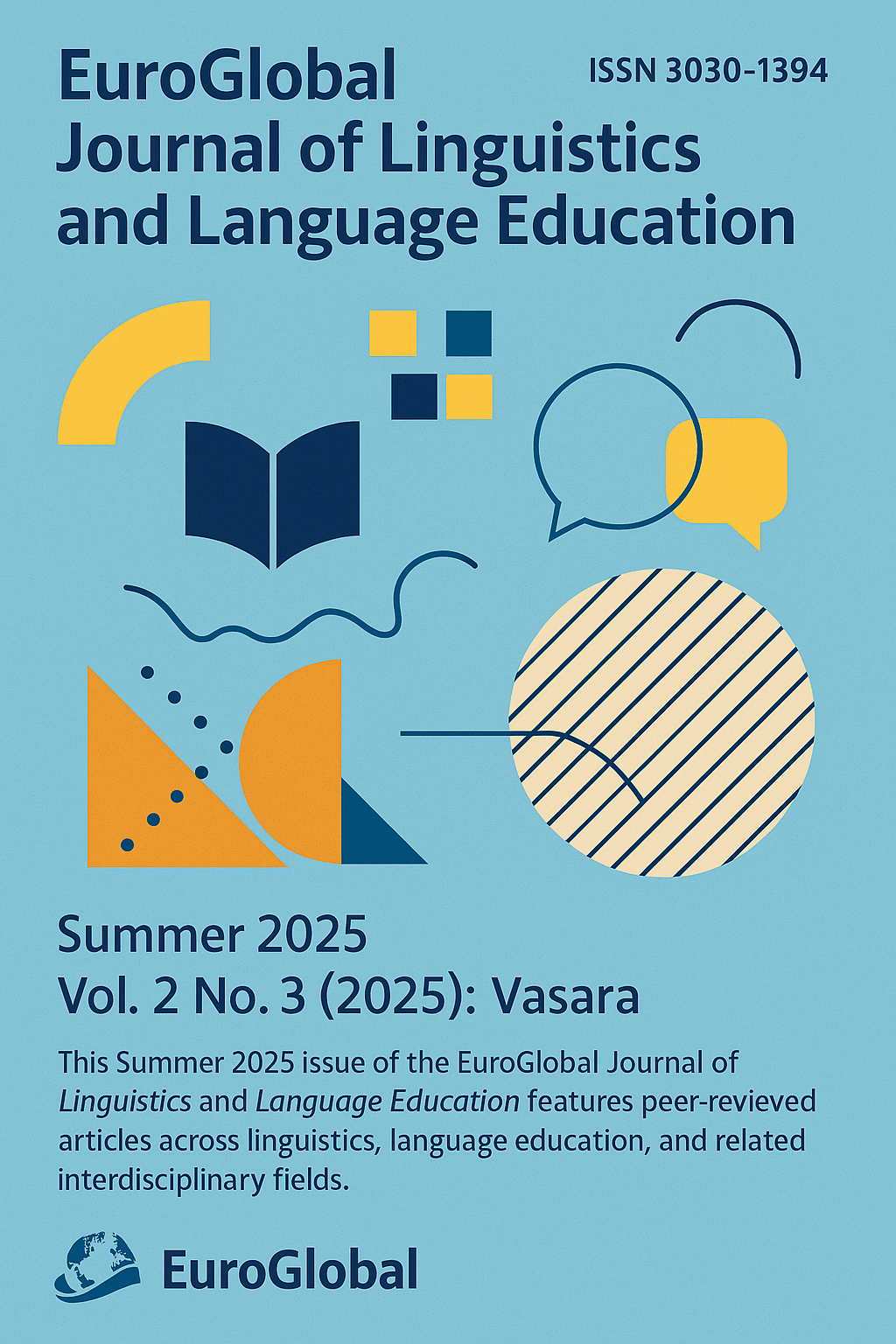The Context of 19th-Century English Horror Stories
DOI :
https://doi.org/10.69760/egjlle.2500200Mots-clés :
horror stories, literary genre, Victorian era, supernatural elementsRésumé
19th-century English horror stories represent a significant literary genre that reflects the social, economic, and psychological changes of the period. Influenced by the Industrial Revolution and urbanization, these stories not only incorporate supernatural elements but also highlight the fears arising from technological advancements, urban life, and modern society. The horror stories of this era illuminate human suffering, the anxieties about irreversible changes, and the dystopian consequences of innovation. Mary Shelley's Frankenstein explores the dangers of uncontrolled technological progress and its catastrophic consequences. Charles Dickens' The Signal-Man addresses the horrors brought about by industrial technological advancements and social isolation. Edgar Allan Poe's The Tell-Tale Heart delves into psychological horror and the deep effects of guilt on the human soul. Female characters in horror literature of this period also occupy a significant place. Victorian gender norms and societal expectations often depict women as weak and defenseless figures, thereby underscoring social criticism and recurring anxieties. Horror stories functioned both as entertainment and as a means to highlight the social and psychological issues of the era. This article examines how 19th-century English horror stories responded to the period’s social and economic conditions and the dual role of horror as both entertainment and critique.
Références
Corcoran, M. (2025). “Evil and Desirable”: Gothic Inversion and the Satanic Monster in 18th-and 19th-Century Fiction. In The Routledge History of the Devil in the Western Tradition (pp. 339-356). Routledge.
El-Sayed, W. (2021). Language performativity and horror fiction: A cognitive stylistic approach. International Journal of Language and Literary Studies, 3(3), 225-243.
James, H. (1898). The turn of the screw. William Heinemann.
Kapranov, A. (2013). Beginner students’ speech fluency in a second language compared across two contexts of acquisition. In E. Piechurska-Kuciel & E. Szymańska-Czaplak (eds.) Language in Cognition and Affect (pp. 81-94). Berlin: Springer.
Makhmudov, K. (2024). The Importance of Linguocultural Analysis In The Gothic Style. Emergent: Journal of Educational Discoveries and Lifelong Learning (EJEDL), 3(4), 12-12.
Prairie, R. (2023). Horror in the Age of Steam: Tales of Terror in the Victorian Age of Transitions. Victorian Studies, 65(4), 658-659.
Sadiqzade, Z. (2025). The Gothic Legacy: How 19th-Century English Writers Shaped the Modern Horror Genre. Global Spectrum of Research and Humanities, 2(3), 35-41.
Shelley, M. (1818). Frankenstein; or, the modern Prometheus. Lackington, Hughes, Harding, Mavor & Jones.
Stoker, B. (1897). Dracula. Archibald Constable and Company.
Tamborini, R., & Weaver, J. B. (2013). Frightening entertainment: A historical perspective of fictional horror. In Horror Films (pp. 1-13). Routledge.
Hasanzade, T. (2024). Bilingual Education Models: Comparative Analysis of Efficacy and Outcomes. Global Spectrum of Research and Humanities , 1(1), 83-99. https://doi.org/10.69760/gsrh.0101202408
Le Fanu, J. S. (1872). Carmilla. The Dark Blue, 2, 1–25.
Dickens, C. (1866). The signal-man. All the Year Round, 16, 1–2.
Poe, E. A. (1843). The tell-tale heart. The Pioneer, 1, 29–31.
Téléchargements
Publié
Numéro
Rubrique
Licence
© EuroGlobal Journal of Linguistics and Language Education 2025

Cette œuvre est sous licence Creative Commons Attribution - Pas d'Utilisation Commerciale - Pas de Modification 4.0 International.





